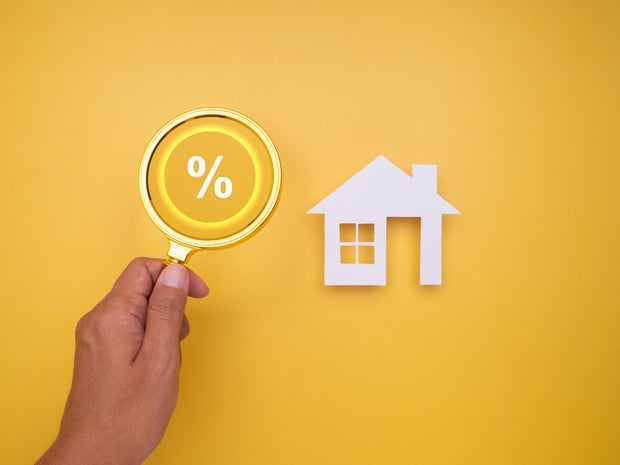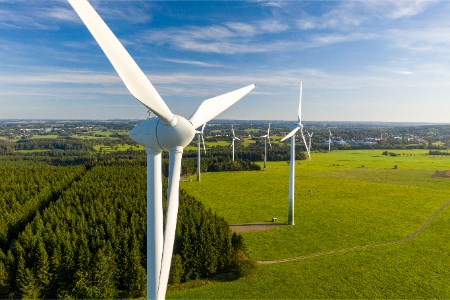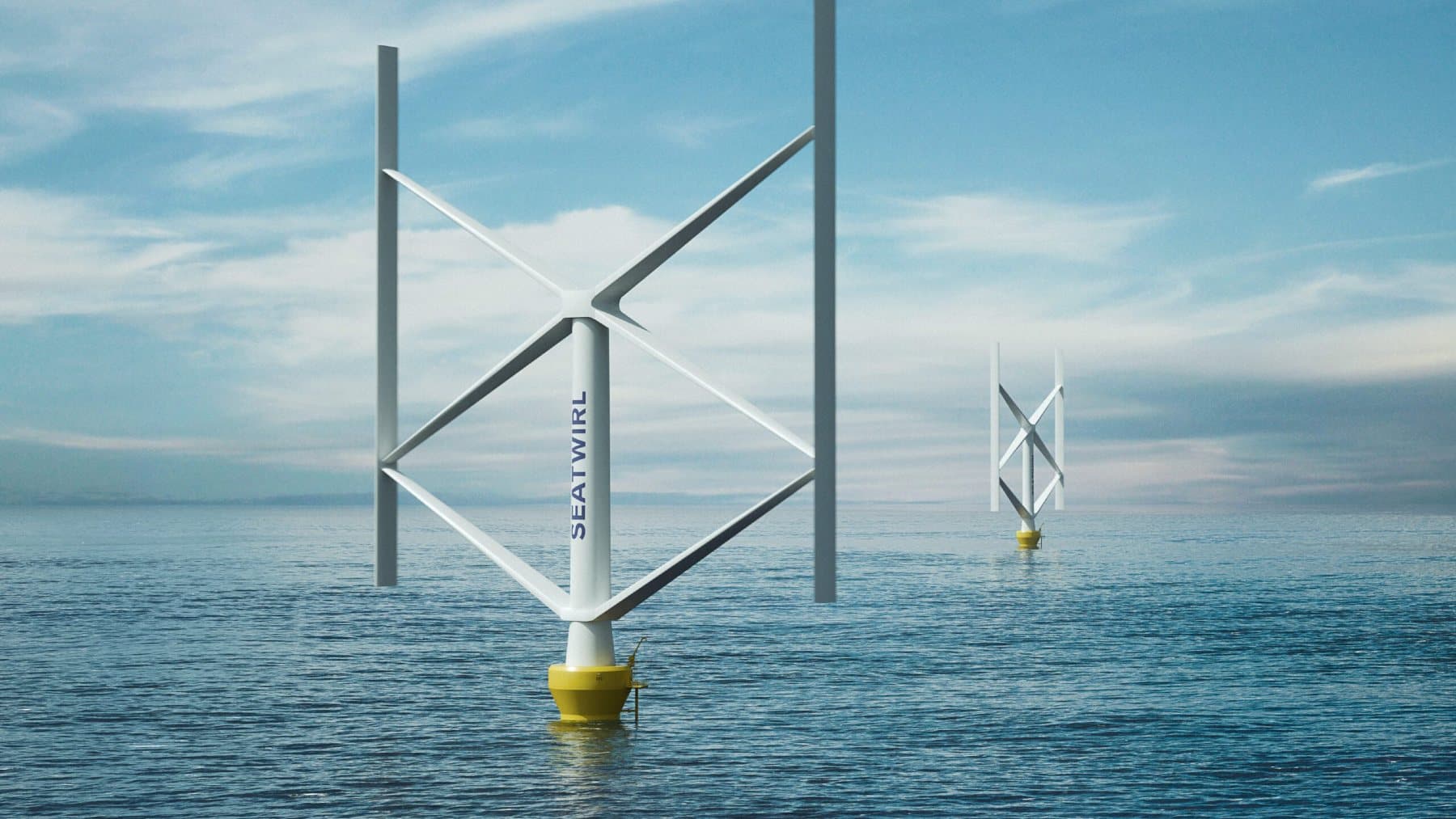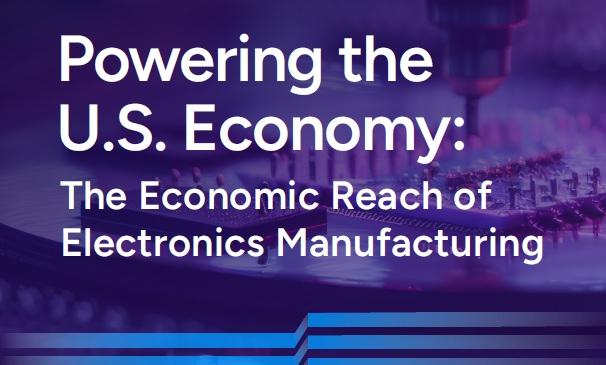MIT Energy Initiative funds seven early-stage energy research projects – ammonia as hydrogen carrier and ev battery management – Batteries News

Report on MIT Energy Initiative Seed Fund Grants for Sustainable Development
The MIT Energy Initiative (MITEI) has allocated over $1.2 million in its latest funding cycle to support seven early-stage research projects. Each project, receiving $175,000 over two years, is designed to pioneer innovations in clean energy and contribute directly to global climate action efforts. This initiative fundamentally supports the achievement of the Sustainable Development Goals (SDGs), particularly SDG 13 (Climate Action), by fostering technologies aimed at reducing greenhouse gas emissions and transitioning to a decarbonized energy system.
Initiative Overview and Strategic Alignment with SDGs
The MITEI Seed Fund Program is a critical mechanism for advancing early-stage research across a wide spectrum of energy-related sectors. The program’s focus on batteries, energy storage, infrastructure, and recycling reflects the multifaceted approach required to achieve SDG 7 (Affordable and Clean Energy) and SDG 9 (Industry, Innovation, and Infrastructure). To date, the program has provided $29.8 million to 226 projects, underscoring a long-term commitment to sustainable innovation.
William H. Green, the director of MITEI, emphasized the program’s role in fostering impactful research, stating, “The Seed Fund Program gives MIT faculty and scientists the opportunity to propose the line of research they think is most innovative and likely to be most impactful in our urgent efforts to reduce greenhouse gas emissions and transition to a clean energy system.” This mission directly aligns with global sustainability targets. The funding model, which relies on MITEI’s members and philanthropic donors, exemplifies SDG 17 (Partnerships for the Goals).
Analysis of Funded Projects and SDG Contributions
-
Sustainable Energy Pathways for Africa
This project will develop a framework to assess decarbonization pathways for various sub-regions in Africa, considering their unique resources and socio-environmental contexts. The goal is to model Africa’s potential as a major producer of renewable energy.
- SDG 7 (Affordable and Clean Energy): Aims to expand access to renewable energy across the continent.
- SDG 8 (Decent Work and Economic Growth): Explores pathways for green economic development and job creation in Africa.
- SDG 13 (Climate Action): Contributes to global carbon dioxide removal and energy transition strategies.
-
Robotics for Efficient Infrastructure Maintenance
This research focuses on deploying robotics to improve the safety, reliability, and scalability of renewable energy infrastructure maintenance. The project will develop systems where human operators can efficiently supervise fleets of learning-enabled robots.
- SDG 9 (Industry, Innovation, and Infrastructure): Enhances the resilience and efficiency of sustainable infrastructure.
- SDG 7 (Affordable and Clean Energy): Improves the operational reliability of renewable energy systems, making them more viable.
-
Revolutionizing Ammonia as a Hydrogen Carrier
The project seeks to lower the energy cost required to decompose ammonia into hydrogen, a clean fuel. By reducing the reaction temperature, this research could enable the large-scale use of ammonia for hydrogen storage and transport.
- SDG 7 (Affordable and Clean Energy): Advances the viability of hydrogen as a sustainable energy carrier.
- SDG 9 (Industry, Innovation, and Infrastructure): Develops innovative technology for a future hydrogen economy.
-
Electric Vehicle Battery Management
To address key challenges in the electric vehicle (EV) market, this project will develop digital twins for battery packs. This technology will enable fast-charging protocols and predictive fault detection, improving battery lifespan, safety, and efficiency.
- SDG 11 (Sustainable Cities and Communities): Promotes the adoption of sustainable transport by making EVs more reliable and convenient.
- SDG 7 (Affordable and Clean Energy): Improves energy storage technology, a critical component of clean energy systems.
- SDG 12 (Responsible Consumption and Production): Aims to extend battery life, reducing waste and resource consumption.
-
Separation and Recycling of Rare Earth Elements
This research aims to create a more sustainable supply chain for rare earth elements (REEs), which are vital for clean energy technologies. The project will develop an electricity-driven process for efficient REE separation and recycling.
- SDG 12 (Responsible Consumption and Production): Directly addresses the need for sustainable management of natural resources and promotes a circular economy for critical materials.
- SDG 9 (Industry, Innovation, and Infrastructure): Fosters sustainable manufacturing processes for clean energy technologies like wind turbines and EVs.
-
Electric-Field Enhanced CO2 Capture
Building on a recent discovery, this project will develop microporous semiconductor materials to capture CO2 using electric-field gradients. This offers a novel, energy-efficient approach to carbon capture and separation.
- SDG 13 (Climate Action): Develops a new technology for direct carbon capture to mitigate climate change.
- SDG 9 (Industry, Innovation, and Infrastructure): Represents a significant innovation in materials science for environmental applications.
-
Accelerating Grid Planning for the Data Center Era
This project will create DecarbAI, a software framework using AI to accelerate grid planning. It addresses the challenge of powering the rapidly growing number of data centers with reliable, clean energy, ensuring grid expansion aligns with the clean energy transition.
- SDG 7 (Affordable and Clean Energy): Ensures the electricity grid can support new demands with clean power.
- SDG 9 (Industry, Innovation, and Infrastructure): Modernizes grid planning to build resilient and sustainable energy infrastructure for the digital age.
- SDG 11 (Sustainable Cities and Communities): Supports the development of sustainable infrastructure required by modern economies.
SDGs Addressed in the Article
-
SDG 7: Affordable and Clean Energy
The article focuses heavily on research projects aimed at advancing clean energy. This includes improving energy storage (batteries), developing sustainable fuels (ammonia as a hydrogen carrier), making renewable energy infrastructure more reliable, and ensuring the grid can handle clean power expansion. The project on “Sustainable energy pathways for Africa” directly addresses providing access to renewable energy.
-
SDG 9: Industry, Innovation, and Infrastructure
The core of the article is the MIT Energy Initiative’s Seed Fund, which supports “early-stage clean energy research” and “new innovations.” The funded projects are prime examples of fostering innovation, such as developing new methods for recycling rare earth elements, using robotics for infrastructure maintenance, and creating advanced software (DecarbAI) for grid planning. These efforts aim to upgrade infrastructure and industries to be more sustainable and efficient.
-
SDG 11: Sustainable Cities and Communities
Several projects have direct implications for urban sustainability. The “Electric vehicle battery management” project aims to make EVs more attractive, which is crucial for reducing urban pollution and creating sustainable transport systems. The project on “Accelerating grid planning for the data center era” addresses the massive energy consumption of data centers, a growing challenge for urban and industrial areas, ensuring that this growth is managed sustainably.
-
SDG 12: Responsible Consumption and Production
The project on “Separation and recycling of rare earth elements (REEs)” directly targets sustainable production patterns. By developing a more efficient and less energy-intensive process for recycling REEs from products like electric vehicles and wind turbines, the research promotes a circular economy and aims to “substantially reduce waste generation.”
-
SDG 13: Climate Action
The overarching goal of the MITEI Seed Fund Program is to “reduce greenhouse gas emissions and transition to a clean energy system” to “move the needle on climate change.” Specific projects like “Electric-field enhanced CO2 capture” and developing ammonia as a carbon-free hydrogen carrier are direct technological approaches to climate change mitigation. The Africa-focused project also aims to create decarbonization pathways.
Specific SDG Targets Identified
-
Target 7.2: By 2030, increase substantially the share of renewable energy in the global energy mix.
This target is supported by projects that enable wider adoption of renewables. The “Robotics for efficient infrastructure maintenance” project aims to make renewable energy systems more reliable and scalable. The “Accelerating grid planning” project ensures the grid can support the expansion of clean energy sources needed to power data centers.
-
Target 7.3: By 2030, double the global rate of improvement in energy efficiency.
The project “Revolutionizing ammonia as a hydrogen carrier” aims to reduce the energy cost of decomposing ammonia, which is a direct improvement in energy efficiency. Similarly, the “Electric vehicle battery management” project’s goal to develop fast-charging protocols and improve battery lifespan contributes to more efficient energy use in the transport sector.
-
Target 9.4: By 2030, upgrade infrastructure and retrofit industries to make them sustainable, with increased resource-use efficiency and greater adoption of clean and environmentally sound technologies and industrial processes.
The project on “Separation and recycling of rare earth elements” exemplifies this target by creating a more sustainable and efficient industrial process (“redox-mediated electrosorption”) that relies on electricity rather than chemically intensive methods.
-
Target 9.5: Enhance scientific research, upgrade the technological capabilities of industrial sectors in all countries…encouraging innovation.
The entire MITEI Seed Fund Program, which has awarded $29.8 million to 226 projects, is a direct implementation of this target. It explicitly funds “early-stage” and “novel” research to encourage innovation across various departments at MIT.
-
Target 12.5: By 2030, substantially reduce waste generation through prevention, reduction, recycling and reuse.
This is directly addressed by the project focused on developing a new process to improve the “recycling of clean energy technologies” by efficiently separating and recycling rare earth elements from end-of-life products like EV batteries and wind turbines.
-
Target 13.2: Integrate climate change measures into national policies, strategies and planning.
The “Accelerating grid planning for the data center era” project, which develops a software framework (DecarbAI) to integrate textual data like regulations and market rules into planning models, directly supports the integration of climate measures into infrastructure planning.
Indicators for Measuring Progress
-
Development of new technologies and protocols.
The article implies that the creation and successful demonstration of the proposed technologies are key indicators of progress. This includes the development of “fast-charging protocols” for EVs, a functional “redox-mediated electrosorption process” for REE recycling, and the creation of the “DecarbAI” software framework.
-
Reduction in energy consumption for industrial processes.
The project on ammonia aims to “reduce the energy cost of the reaction” and “lower the overall temperature of the reaction.” Progress can be measured by the quantifiable decrease in energy required for the ammonia decomposition process compared to existing methods.
-
Increased efficiency and reliability of energy systems.
For the EV battery project, indicators would be reduced charging times and extended battery lifespans. For the robotics project, an indicator would be the enhanced efficiency and safety of renewable energy infrastructure maintenance, potentially measured by reduced downtime or fewer human-led interventions.
-
Investment in research and development.
The article explicitly mentions the amount of funding as an indicator of commitment to innovation. The “$1.2 million in grants” for the current cycle and the total “$29.8 million” provided to date by the MITEI Seed Fund Program serve as direct quantitative indicators of investment in clean energy R&D.
-
Development of frameworks for decarbonization.
For the project on “Sustainable energy pathways for Africa,” a key indicator of progress is the creation of the “framework for evaluating decarbonization and energy transition pathways.” The successful development of this multi-regional model is a primary output.
SDGs, Targets, and Indicators Analysis
| SDGs | Targets | Indicators |
|---|---|---|
| SDG 7: Affordable and Clean Energy | 7.2: Increase the share of renewable energy. 7.3: Improve energy efficiency. |
– Development of reliable renewable energy systems (robotics project). – Reduction in energy cost for ammonia-to-hydrogen conversion. – Development of fast-charging protocols for EVs. |
| SDG 9: Industry, Innovation, and Infrastructure | 9.4: Upgrade infrastructure and industries for sustainability. 9.5: Enhance scientific research and innovation. |
– Total funding allocated to research ($1.2M in current round, $29.8M total). – Development of a sustainable electrosorption process for REE recycling. – Creation of DecarbAI software for grid planning. |
| SDG 11: Sustainable Cities and Communities | 11.6: Reduce the adverse per capita environmental impact of cities. | – Improved EV battery lifespan and reduced charging times to encourage adoption. – Framework to ensure grid expansion for data centers aligns with clean energy transition. |
| SDG 12: Responsible Consumption and Production | 12.5: Substantially reduce waste generation through recycling. | – Development of an efficient process to separate and recycle Rare Earth Elements from clean energy technologies. |
| SDG 13: Climate Action | 13.2: Integrate climate change measures into policies and planning. | – Development of a proof-of-concept for electric-field enhanced CO2 capture. – Creation of a framework (DecarbAI) to integrate climate and policy data into grid planning. |
Source: batteriesnews.com

What is Your Reaction?
 Like
0
Like
0
 Dislike
0
Dislike
0
 Love
0
Love
0
 Funny
0
Funny
0
 Angry
0
Angry
0
 Sad
0
Sad
0
 Wow
0
Wow
0


















-1920w.png?#)


















;Resize=805#)








.jpg?h=50da7ea4&itok=DTgFLdpn#)






























